Summary: REM sleep is 30 minutes longer in Winter than in Summer for most people, a new study reveals.
Source: Frontiers.
Whether we’re night owls or morning larks, our body clocks are set by the sun.

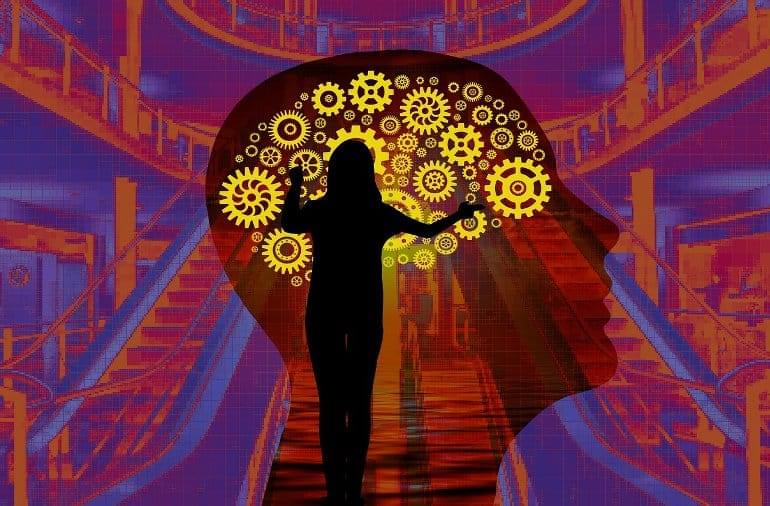
Summary: Researchers are turning to artificial intelligence to find novel drugs that can block kappa opioid receptors with the hope to alleviate opioid addiction.
Source: Biophysical Society.
Approximately three million Americans suffer from opioid use disorder, and every year more than 80,000 Americans die from overdoses.
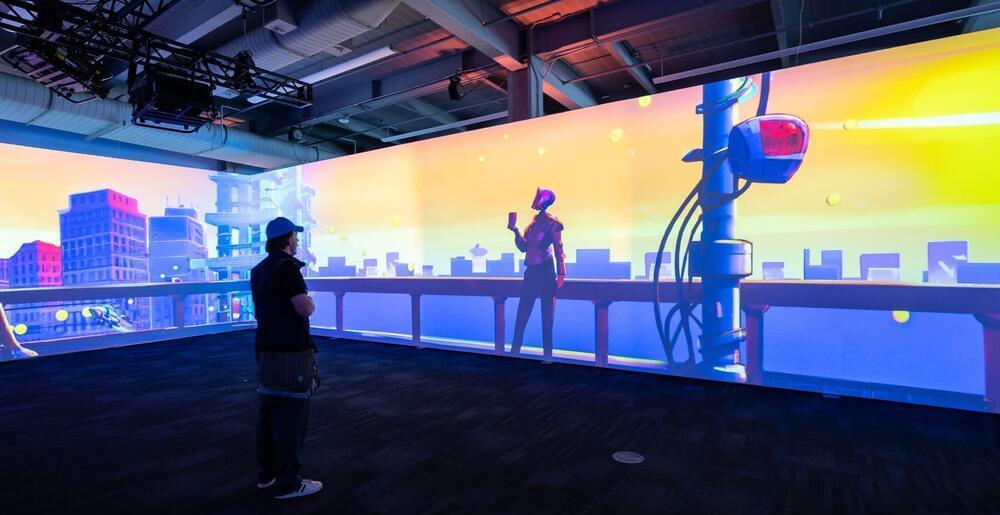
Generative AI is a catch-all term describing programs that use artificial intelligence to create new material from complex queries, such as “write a poem about monkeys in the style of Robert Frost” or “make an image of pandas draped over living room furniture.”
While AI more generally refers to software programs that can make themselves better by “learning” from new data, and which have been used behind the scenes in all kinds of software for years, generative AI is a fresh consumer-facing spin on the concept.
About 1,000 people from all over the world, including AI researchers and content marketers, attended Tuesday’s Gen AI Conference, which was organized by startup Jasper. It was a lavish affair, held at Pier 27 on the Embarcadero, overlooking San Francisco Bay.
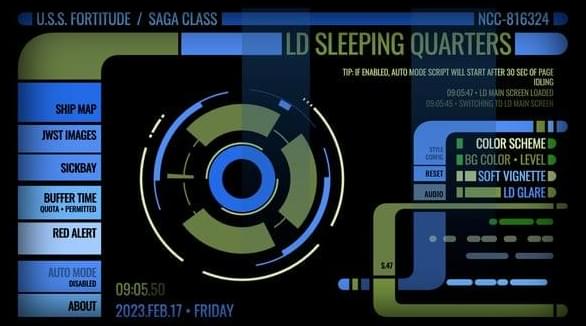
LCARS is the fictional computer operating system used by Starfleet starships in several Star Trek TV shows and films. The system is currently displayed in the animated comedy Trek series Lower Decks. Now, one intrepid fan has adapted the Lower Decks version of LCARS into a “crazy fan project:” Project RITOS.
RITOS is a webpage that recreates the LCARS system. It’s a fun little site to poke around on. But, since this is just a recreation, there’s no actual functionality you can incorporate onto your computer. As the RITOS About page states, you just “point & click & watch. There are no goals nor wrong thing to do here. It’s just a mindless site.”
It may be mindless, but it’s also a faithful recreation of the LCARS system as depicted not just in Star Trek: Lower Decks but also in The Next Generation, Deep Space Nine, and Voyager. Users can click around into various displays that show crew quarters, a ship map of the Cerritos (the Federation starship in Lower Decks), JWST (James Webb Space Telescope) images, and a Sick Bay screen. There are plenty of fun things to click on and little easter eggs to uncover for dedicated Trek fans.

Get a Wonderful Person Tee: https://teespring.com/stores/whatdamath.
More cool designs are on Amazon: https://amzn.to/3wDGy2i.
Alternatively, PayPal donations can be sent here: http://paypal.me/whatdamath.
Hello and welcome! My name is Anton and in this video, we will talk about another Fermi Paradox hypothesis: The Dark Forest.
Fermi Paradox playlist: https://www.youtube.com/playlist?list=PL9hNFus3sjE7lB0sJRnGLWng0uIPxUVqG
Images/Videos:
Henry Söderlund-CC BY 4.0 https://en.wikipedia.org/wiki/Liu_Cixin#/media/File: Cixin_Liu_at_Worldcon_75,_Helsinki,_before_the_Hugo_Awards.jpg.
Midjourney CC BY SA 4.0 https://midjourney.com/
Davidguam CC BY-SA 4.0 https://en.wikipedia.org/wiki/Hunt–Lenox_Globe#/media/File: Anfuorin.png.
#darkforest #fermiparadox #aliens.
0:00 Introduction to Dark Forest Hypothesis.
1:05 History of the Hypothesis.
2:05 Relationship to the Game Theory.
3:18 Assumptions.
4:10 Criticism.
5:00 Are Humans Breaking This Rule?
5:35 More Criticism.
7:05 Counter Arguments.
8:10 Is It Unscientific?
8:40 Here Be Lions.
9:45 Conclusions.
Support this channel on Patreon to help me make this a full time job:
https://www.patreon.com/whatdamath.
Bitcoin/Ethereum to spare? Donate them here to help this channel grow!
bc1qnkl3nk0zt7w0xzrgur9pnkcduj7a3xxllcn7d4
or ETH: 0x60f088B10b03115405d313f964BeA93eF0Bd3DbF
Space Engine is available for free here: http://spaceengine.org.

Leading scientists in the field predict that lithium niobate chips, which are extremely thin, will surpass silicon chips in light-based technologies. These chips have a wide range of potential applications, from detecting ripe fruit from a distance on Earth to guiding navigation on the Moon.
According to the scientists, the artificial crystal of lithium niobate is the preferred platform for these technologies because of its superior performance and advancements in manufacturing techniques.
RMIT University’s Distinguished Professor Arnan Mitchell and University of Adelaide’s Dr. Andy Boes led this team of global experts to review lithium niobate’s capabilities and potential applications in the journal Science.
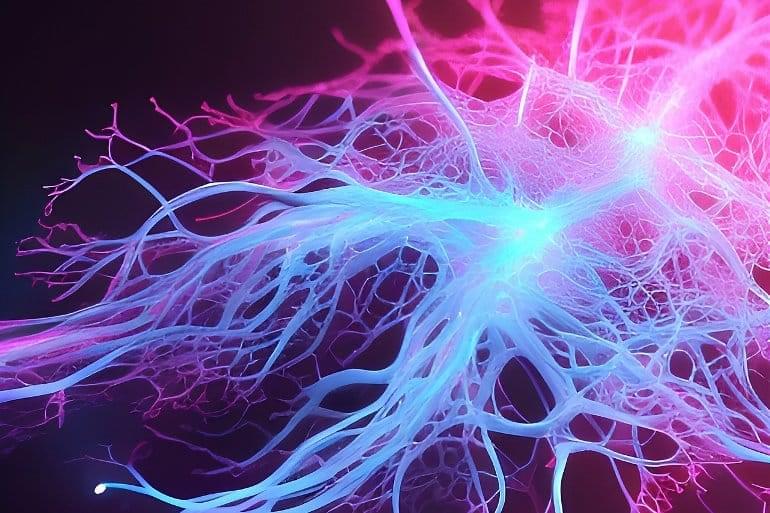
Summary: Researchers have identified the in-vivo dynamics of synapses that underlie fear memory formation and extinction in the living brain.
Source: Seoul National University.
Ensembles of synaptic networks are known to underlie cognitive functions, and the connections between engram neurons are enhanced during memory formation.
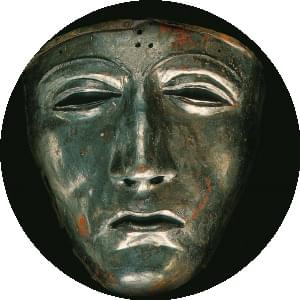
https://youtube.com/watch?v=JfQWe–kciM&feature=share
This is the second novel in “Remembrance of Earth’s Past”, the near-future trilogy written by China’s multiple-award-winning science fiction author, Cixin Liu.
In The Dark Forest, Earth is reeling from the revelation of a coming alien invasion — four centuries in the future. The aliens’ human collaborators have been defeated but the presence of the sophons, the subatomic particles that allow Trisolaris instant access to all human information, means that Earth’s defense plans are exposed to the enemy. Only the human mind remains a secret.
This is the motivation for the Wallfacer Project, a daring plan that grants four men enormous resources to design secret strategies hidden through deceit and misdirection from Earth and Trisolaris alike. Three of the Wallfacers are influential statesmen and scientists but the fourth is a total unknown. Luo Ji, an unambitious Chinese astronomer and sociologist, is baffled by his new status. All he knows is that he’s the one Wallfacer that Trisolaris wants dead.
#audiobook.
#sciencefiction.
#fiction.
#fantastic